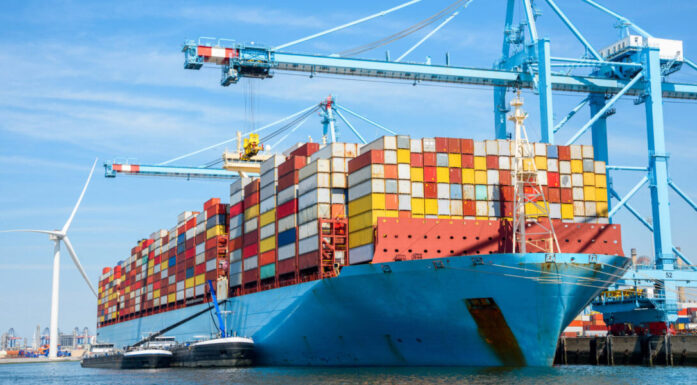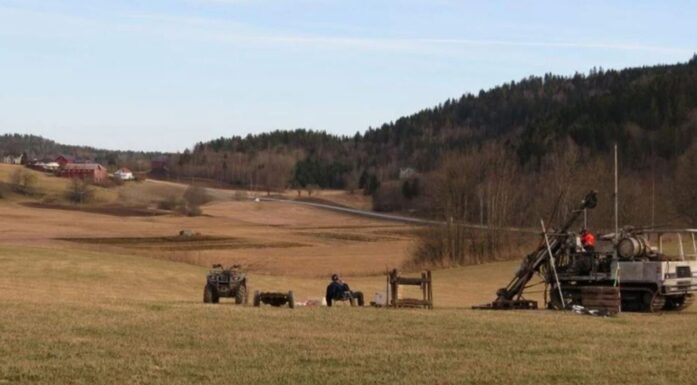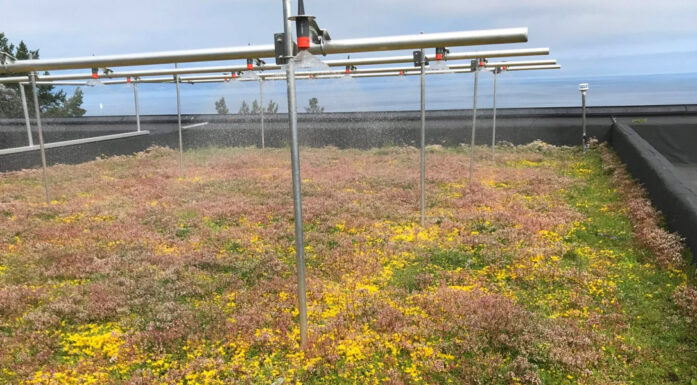Surplus heat for Norwegian homes
A district heating grid supplying low temperature heat is set to boost surplus and renewably-sourced heat utilisation.
As part of a contract with Statkraft Varme, SINTEF is currently developing modern heating systems for new residential areas such as the planned ‘green’ village at Brøset in Trondheim, Norway. The heat will be supplied locally from sources such as retail outlets, buildings and IT server rooms, as well as from renewable sources such as solar power, heat pumps and district heating plants.
The project is called “Development of Smart Thermal Grids (DSTG)”, and is looking into smaller-scale, low temperature, district heating systems in which locally-generated surplus heat and heat from renewable sources can be utilised and coordinated with supplies from a larger-scale district heating system.
“In larger district heating systems, heat is commonly distributed at about 100 degrees, on the one hand because older buildings and certain industrial clients require high temperature levels, and on the other because the temperature falls a little during transport”, says SINTEF researcher Hanne Kauko. “For new buildings, temperatures no higher that 40 degrees are sufficient for heating. True enough, we have to equip systems to supply heat at 65 degrees in order to meet domestic supply requirements, but this is nevertheless a major improvement”, she says.
It will be some time before we can reduce temperatures in a larger-scale district heating system, but for smaller-scale systems designed for new housing developments it is possible to operate using lower temperatures. The aim of the current research project is to find out exactly what efficiency levels can be achieved by distributing heat at low temperatures, but there is no doubt that this is a favourable approach.
According to Kauko, the new system will result in:
- easier and direct exploitation of surplus heat from sources such as buildings, retail outlets and industrial plant without having to raise temperatures using heat pumps as is the case today
- increased energy efficiency of heat pumps and other renewable heat sources such as solar
- heat loss reductions





